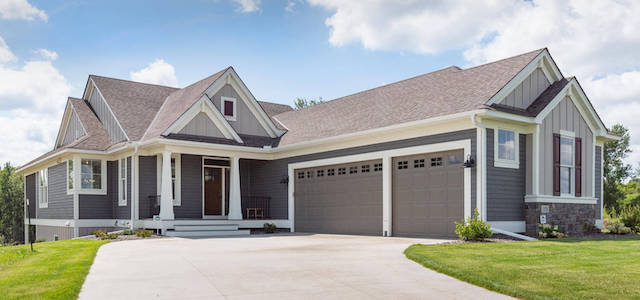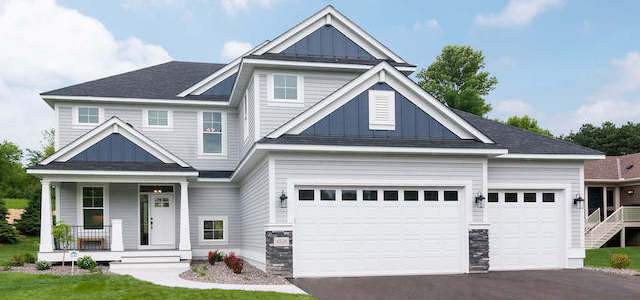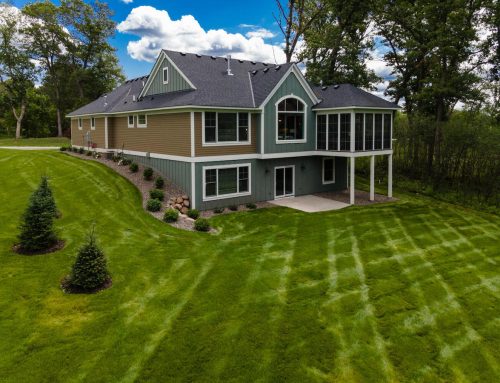NAHB – To meet the nation’s growing need for affordable rental housing and homeownership opportunities, the National Association of Home Builders (NAHB) today called on Congress to maintain its support for vital housing tax incentives, including the Low Income Housing Tax Credit, the mortgage interest deduction and real estate tax deductions.
“Home building is an industry dominated by small businesses, so the idea of simplifying the complicated tax rules related to business has great appeal. At the same time, our industry remembers painful lessons from the 1986 Tax Reform Act, when the commercial and multifamily sectors experienced a downturn due to unintended consequences,” said Robert Dietz, an economist and assistant vice president for NAHB, in testimony during a House Ways and Means Committee hearing on tax reform and residential real estate.
Moreover, when housing fares well, it spurs job and economic growth, Dietz added. “For these reasons, we urge Congress to be cautious and thoughtful when it comes to housing and tax reform.”
U.S. Census data shows that more than 40 percent of renters are “rent burdened,” or pay more than 30 percent of their household income on rent. The need for affordable rental options remains acute. The Low Income Housing Tax Credit (LIHTC) is the most effective tool for the creation of affordable rental housing. Utilizing a public-private partnership to attract investment, the program has produced and financed more than 2 million affordable rental units since its inception in 1986.
“As LIHTC properties must generally remain affordable for 30 years, they provide long-term rent stability for low-income households around the country,” Dietz said. “But the demand for affordable housing far exceeds the availability of financing through the LIHTC program. The solution is not to eliminate the most successful affordable housing program in the country, but to provide it with the resources necessary to address the shortage of affordable housing options in our cities and towns.”
When it comes to housing and tax reform, the spotlight typically falls on the mortgage interest deduction, and Dietz set the record straight on a number of false assumptions regarding this important homeownership benefit.
“First, we frequently hear that few home owners benefit from the mortgage interest deduction because itemization is required,” he said. “In fact, most home owners will claim it. In 2009, 35 million taxpayers, or 70 percent of home owners with a mortgage, claimed the mortgage deduction in that year. Among all home owners who have ever held a mortgage, the vast majority have claimed the home mortgage deduction for years at a time.”
Critics charge that the mortgage interest deduction encourages the purchase of a larger home, but these claims ignore the role of family size. Home owners with larger families need bigger homes and will therefore have a higher mortgage interest deduction.
“The need for a larger home created the higher home loan deduction, not the other way around,” said Dietz.
He also noted that the cost of housing varies greatly across the nation, so what appears to be a large deduction for a given home in one area may reflect a modest home in a high-cost area.
Moreover, the mortgage interest and real estate tax deductions are two of the few elements in the tax code that that account for differences in cost-of-living.
“The real estate tax deduction is an important reminder that home owners pay more than $300 billion in property taxes each year. This fact is often ignored in the federal tax debates because these taxes are collected by state and local governments,” said Dietz.
There is also a direct correlation between the age of a home owner and their resulting benefit from the mortgage interest deduction. As a share of household income, the largest deductions are for those 35 and younger. The benefit of a deduction that reduces the net cost of monthly house payments is particularly important to these home buyers, who typically have less equity, tighter household budgets, and must meet the needs of a growing family.
“Given this demographic connection, NAHB believes that any policy change that makes it harder to buy a home, or forces young families to defer home purchases, will have a significant impact on wealth accumulation and the makeup of the middle class,” said Dietz.
Regarding the mortgage interest deduction rule for second homes, Dietz said that many mistakenly think this refers to expensive beach property, when in reality, such homes are often owned free and clear or rented, which excludes the owner from taking the mortgage interest deduction.
In practice, the second home deduction is important for many who don’t think of themselves as owning two homes. Repealing the deduction for second homes would penalize millions of home owners who move from an existing home and buy a second home in a given tax year. There would be further negative economic consequences in terms of lost home sales, home construction and local tax revenues.
Noting that building 100 single-family homes creates more than 300 full-time jobs and $8.9 million in federal, state and local tax revenues that helps boost local communities and schools, Dietz said that how housing is treated in an future tax reform will shape the economy going forward.
“Housing provides the momentum behind an economic recovery because home building and associated businesses employ such a wide range of workers. With the right policies in place, housing can be a key engine of job growth that this country needs.”












































